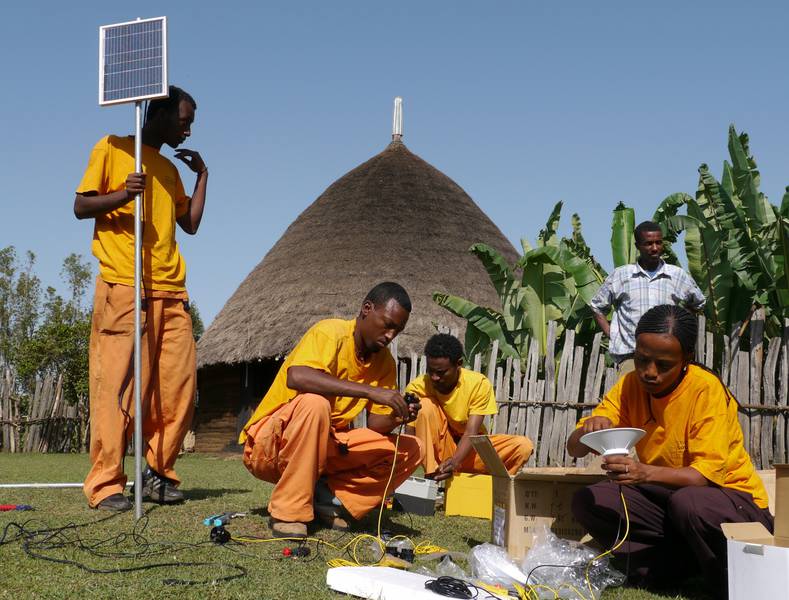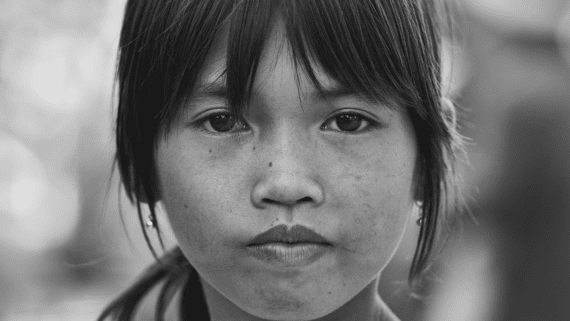By Michele Learner, Bread for the World Institute
In an earlier Institute blog post, “A New Phrase in Development-Speak: What Is Domestic Resource Mobilization?,” we talked about the importance of countries’ ability to gather their own resources for development.
DRM, as domestic resource mobilization is usually called, has the potential, largely untapped, to support efforts to end hunger by raising more funding for the necessary tools – public health and education services, investments in agriculture, social protection plans, and more.
Gathering National Resources
Domestic sources of revenue in sub-Saharan Africa grew from $100 billion in 2000 to nearly $513 billion in 2011. That’s a very rapid increase, especially compared to that of international development assistance from outside sources over the same time period ($20 billion to about $60 billion). As traditional development assistance becomes less important, DRM will be increasingly essential.
We don’t often hear about the details, but it’s clear that “illicit financial flows,” also known as tax evasion, pose a tremendous barrier to development. At an estimated $1 trillion annually, these lost revenues amount to more than international development assistance and foreign direct investment combined. The most common method of evading taxes is invoice fraud. The CSIS overview “Paying for Development: Domestic Resource Mobilization” emphasizes the high stakes: “In 2013 the World Bank noted that ‘there is little doubt’ that [illicit financial flows] have a caustic effect on development, and [in 2014] the African Union noted that ‘it is imperative to curtail’ illicit flows.”
The Institute’s 2015 Crook Fellow, Steven Damiano, looked at how U.S. development assistance could build countries’ ability to raise domestic resources in his briefing paper, “Domestic Resource Mobilization for Development: Ideas for U.S. Policy.” The paper discusses U.S. programs, modest as yet, that provide technical assistance and funding for DRM. For example, U.S. support enabled the government of El Salvador to reduce the amount of discretion that individual tax officials have and to form anti-corruption and criminal investigation units. U.S. assistance in strengthening El Salvador’s DRM capacity led to increased revenues. These in turn resulted in increased spending on health and education – which, of course, is a critical link between DRM and ending hunger.
Building Public Trust
Perhaps even more important than building systems to assess and collect taxes, countries working to increase their own development resources must build public trust that tax revenues are actually being spent on public goods and services. The CSIS overview notes that accountability to taxpayers requires “stronger oversight by parliaments and a strengthened civil society.” Similarly, the July 2015 Third International Conference on Financing for Development discussed building public trust at a side event on DRM. A participating organization explained that “the interests of those who pay taxes and those who save must be taken into account when determining economic policies” and government policies must ensure that the funds are used efficiently.
The OECD, a group of developed countries, has begun to support building public trust on taxes and spending through its Task Force on Tax and Development. It has produced Building Tax Culture, Compliance, and Citizenship: A Global Source Book on Taxpayer Education and plans to support global networking among developing countries on their experiences. There is also a new European Union – Latin American Taxpayer Education Network.
It’s important to emphasize that DRM is not a substitute for investments by donor countries and multilateral organizations, nor a justification for developed countries to reduce their development assistance. DRM is an additional source of funding. All are integral parts of Sustainable Development Goal 17 – strengthening the means of implementation of the other 16 goals and revitalizing the global partnership for development.
Meeting the SDGs requires both revitalizing the global partnership and building public trust in government. The two come together most urgently in countries affected by armed conflict – which brings both investments in development and public trust to a halt. Yet, as the U.N. Peacebuilding Commission points out, “Countries emerging from conflict have difficulty mobilizing domestic resources, while … facing steep challenges to meet expectations for social service delivery.” The Institute will have more to say about development in post-conflict countries in the 2017 Hunger Report, which focuses on fragility.
Michele Learner is associate editor at Bread for the World Institute.



